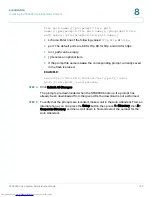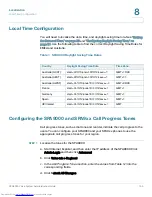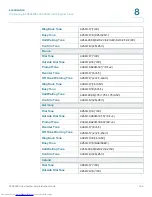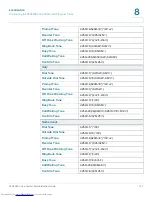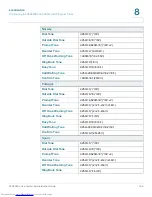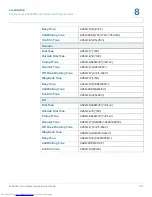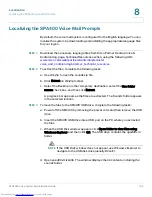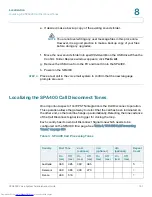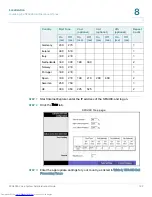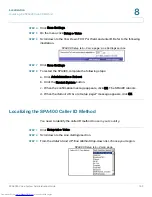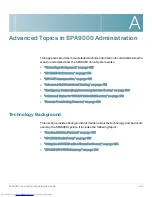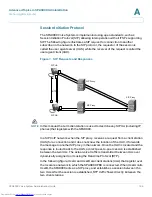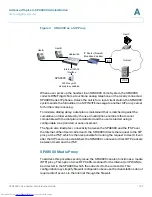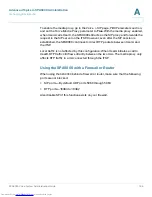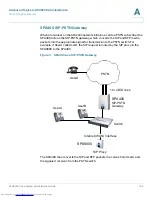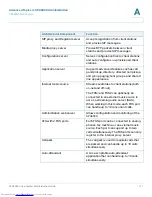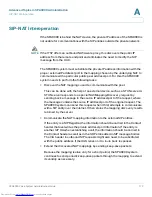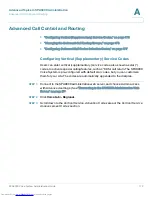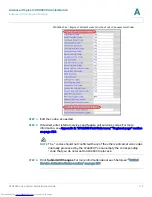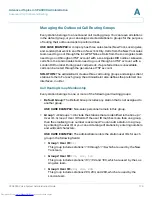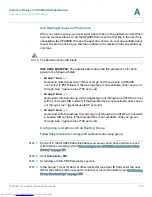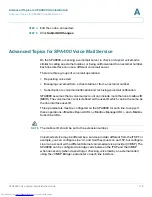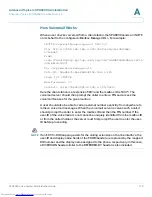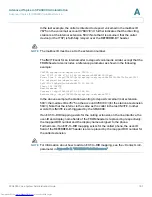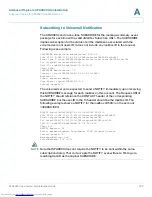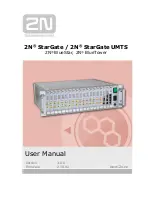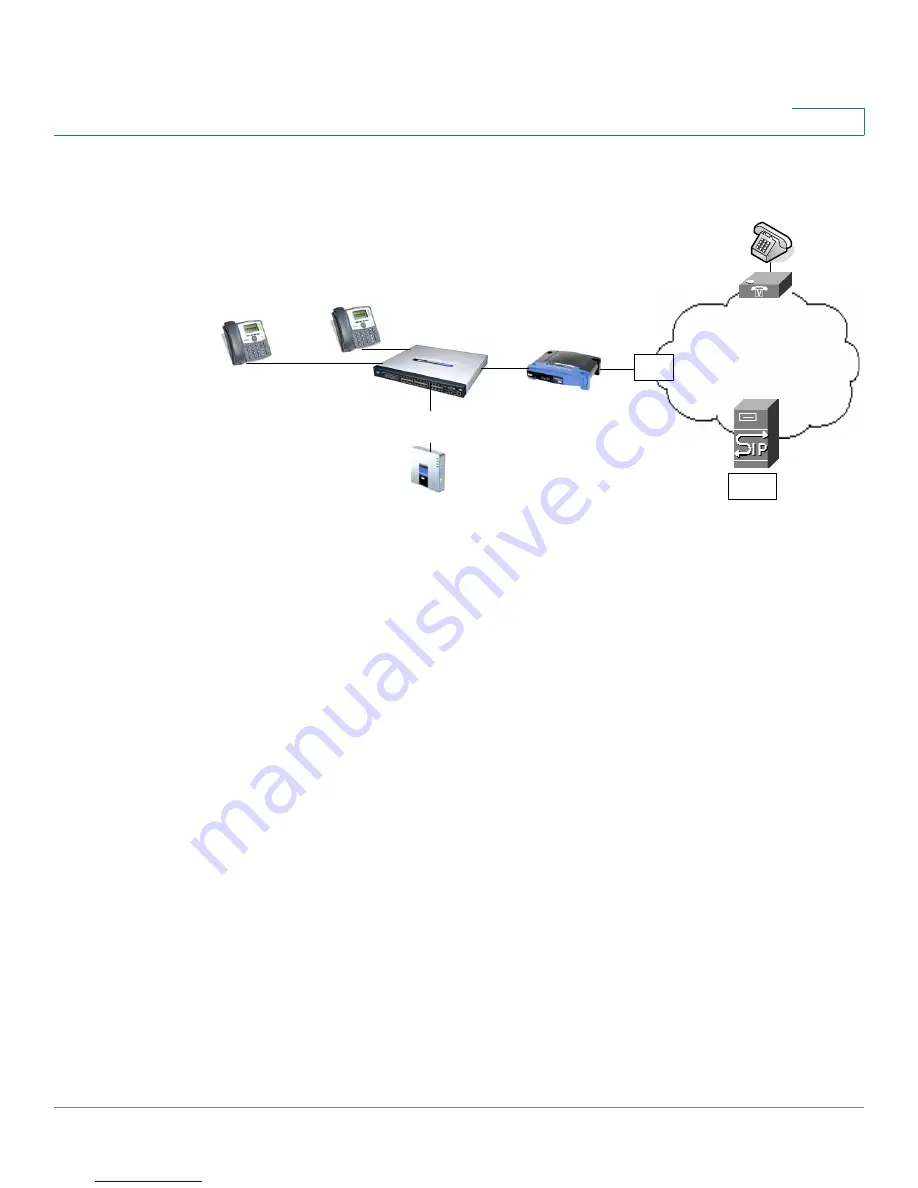
Advanced Topics in SPA9000 Administration
Technology Background
SPA9000 Voice System Administration Guide
167
A
Figure 2 SPA9000 as a SIP Proxy
When a user picks up the handset in an SPA9000 Voice System, the SPA9000
collects DTMF digits from a touchtone analog telephone or the locally connected
SPA900 Series IP phones. Unless the call is for a local client station, the SPA9000
system sends the full number in a SIP INVITE message to another SIP proxy server
for further call processing.
To minimize dialing delay, a dial plan is maintained that is matched against the
cumulative number entered by the user. Invalid phone numbers that are not
compatible with the dial plan are detected and the user is alerted using a
configurable tone (reorder) or announcement.
The figure also illustrates connectivity between the SPA9000 and the ITSP over
the Internet. When UserA calls UserC, the SPA9000 directs the request to the SIP
proxy at the ITSP, which is then responsible for routing the request to UserC. Even
after the SIP session is established, the SPA9000 continues to direct RTP packets
between UserA and the ITSP.
SPA9000 Media Proxy
To address this possible security issue, the SPA9000 can also function as a media
(RTP) proxy. This option forces RTP traffic destined for the Internet (or IP WAN) to
be directed to the SPA9000, which then directs it to the remote UA. This
configuration may simplify firewall configuration because the client stations do not
require direct access to the Internet through the firewall.
SIP Proxy with
media proxy enabled
Internet
IP Router (firewall)
Broadband modem
Hub/switch
SPA9000
UserA
UserB
UserC
Internet (WAN)
Interface
ITSP
ISP
Downloaded from
www.Manualslib.com
manuals search engine

